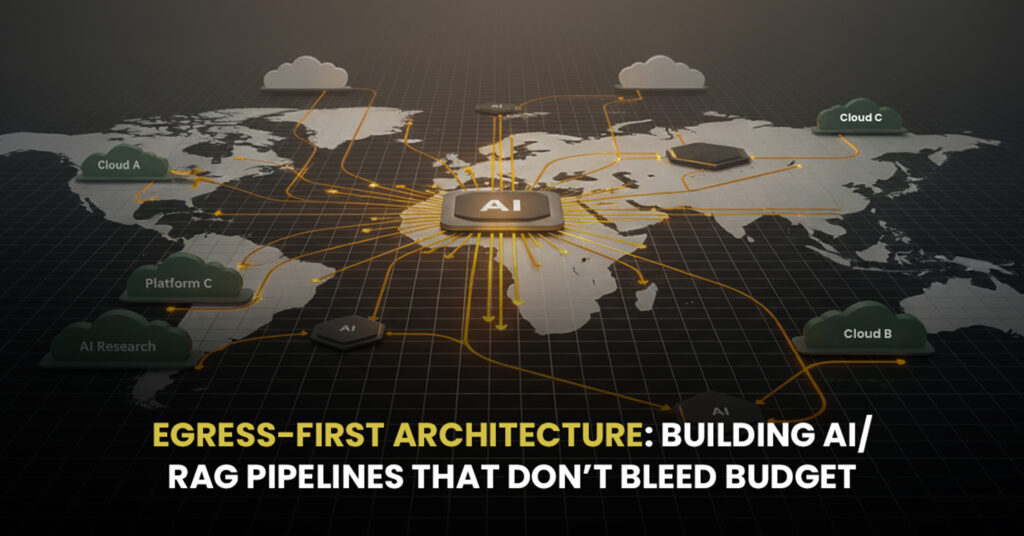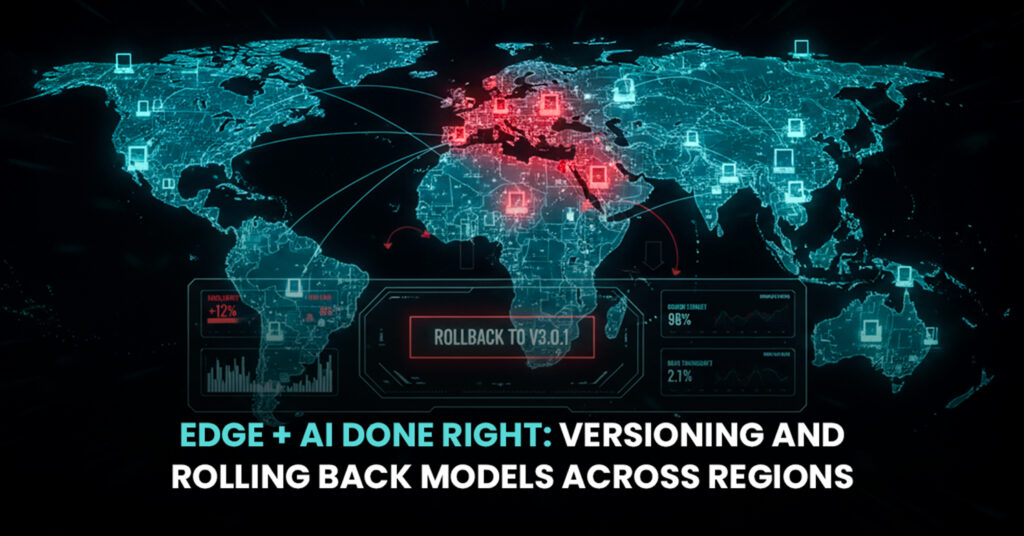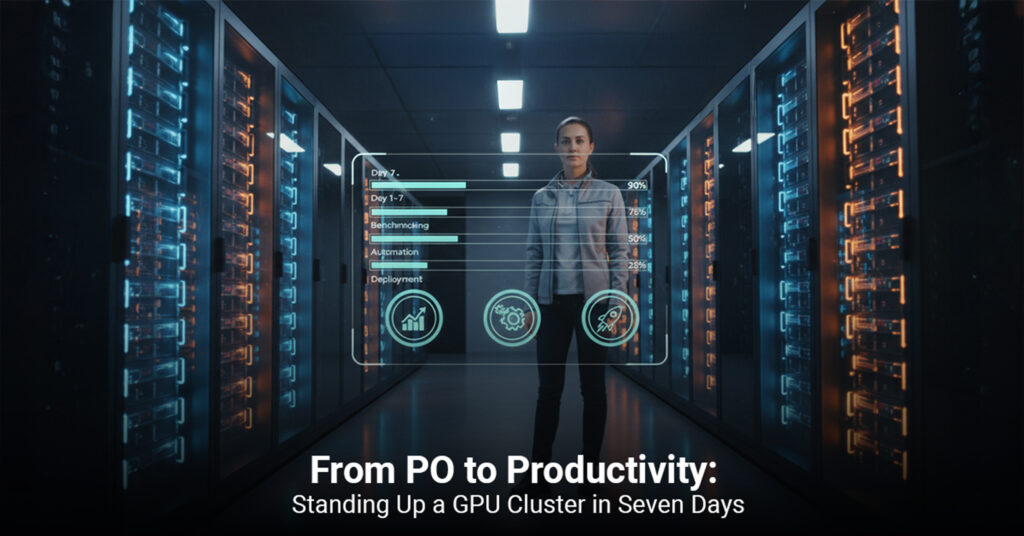We’re living in a time where technology is changing at lightning speed, and businesses are constantly searching for ways to stay ahead of the curve. When it comes to automation, there’s a new powerhouse on the horizon: Event-Driven Serverless AI. It sounds futuristic, doesn’t it? Well, it is. But it’s also here and it’s making waves in the way enterprises automate processes, reduce costs, and deliver smarter, faster services.
Let’s dive into this game-changing technology, break it down, and see how it’s transforming the world of business automation.
What is Event-Driven Architecture (EDA)?
Before we get to the AI and serverless parts, let’s first understand what event-driven architecture (EDA) is. Imagine you have a system that only acts when something happens, rather than continuously running in the background. That’s the essence of EDA.
In a business setting, an “event” can be anything: a customer placing an order, a system alerting you about an error, or even a social media post triggering an automated response. In event-driven systems, when these “events” occur, they trigger actions or workflows automatically. No manual intervention needed things just happen in real-time.
For example, if a customer places an order online, the system could automatically send a confirmation email, update inventory, and even initiate shipment. All of this happens in response to a single “event” the order placement. That’s the beauty of event-driven automation: it’s reactive, agile, and efficient.
So, What’s Serverless Computing All About?
Next up: serverless computing. It sounds like a paradox no servers, yet computing is happening. But in reality, it’s a cloud-based model where you don’t need to manage or provision servers yourself. Instead, cloud providers like AWS, Azure, or Google Cloud handle the infrastructure, automatically scaling up or down depending on demand.
Here’s the kicker: you only pay for the actual compute time your code uses, rather than maintaining an entire server infrastructure. This means lower operational costs and more focus on what really matters delivering value to your customers.
Serverless computing frees businesses from the nitty-gritty of infrastructure management, letting them focus on writing code that triggers functions in response to events. In short, you get all the benefits of cloud computing (like scalability, cost-effectiveness, and reduced complexity) without the headache of maintaining servers.
Bringing AI into the Mix
Now, let’s add the real magic Artificial Intelligence. When you combine event-driven architecture with serverless computing, you create a system that not only reacts in real-time to events but also learns from them and makes intelligent decisions based on data.
AI in an event-driven serverless environment can be used for a variety of tasks:
- Predictive analytics: Analyzing past events to forecast future trends.
- Anomaly detection: Identifying unusual patterns in real-time (e.g., fraud detection in financial transactions).
- Personalized recommendations: Suggesting products or services based on customer behavior.
So, if your business is using event-driven serverless AI, it’s not just responding to events like a machine it’s making smarter decisions, constantly learning and adapting to improve your processes over time.
How Does Event-Driven Serverless AI Enhance Enterprise Automation?
Now that we’ve got a good grasp of the components, let’s look at how this combo is revolutionizing enterprise automation:
- Streamlining Workflows Whether it’s customer support, supply chain management, or sales, businesses are looking for ways to automate repetitive tasks. Event-driven serverless AI can seamlessly integrate into these workflows, automating everything from order processing to customer communication. With AI making intelligent decisions based on real-time data, workflows become more efficient and less prone to human error.
- Real-Time Decision-Making Speed is everything in business. With event-driven serverless systems, decisions happen in real-time. For example, imagine a finance company using AI to detect fraud in credit card transactions. As soon as an unusual transaction event occurs, the system can analyze the data, flag the transaction, and even block it all within seconds.
- Cost and Time Efficiency The beauty of serverless computing is that you only pay for what you use. In the world of enterprise automation, that means no more over-provisioning servers or paying for unused resources. Plus, by leveraging AI to make real-time decisions, you can eliminate slow, manual processes that waste time and resources.
Real-World Applications of Event-Driven Serverless AI
Let’s take a look at some industries that are already benefiting from this powerful combination:
- Retail: Personalized recommendations in real-time based on customer behavior. When a customer clicks on a product, an event is triggered, and the system can immediately suggest complementary products. The result? A better customer experience and increased sales.
- Finance: Fraud detection happens in real-time. If a user tries to make a large withdrawal in a foreign country, the system triggers an event to verify the transaction, analyzing patterns of behavior to determine if it’s suspicious.
- Healthcare: Predictive maintenance in hospitals or health devices. When a medical device detects an anomaly, an event triggers an AI-powered system to predict possible failures before they happen, reducing downtime and improving patient care.
- Manufacturing: Imagine an automated assembly line where AI-powered systems detect machine anomalies. When an event (like a sensor reading) signals a potential issue, the system triggers preventive measures, ensuring continuous production without costly downtime.
Challenges and Considerations
As amazing as event-driven serverless AI is, it’s not without challenges. For starters, integrating it into existing infrastructure can be complex. Many businesses have legacy systems that weren’t designed for this type of automation, so adapting them can require significant effort.
Additionally, security and compliance become more critical as real-time systems manage sensitive data. Ensuring data privacy and meeting regulatory requirements in a serverless, AI-powered environment requires careful planning.
And while serverless computing reduces operational overhead, it still requires skilled professionals to manage and optimize AI models, making sure they’re running effectively and continuously improving.
The Future: What’s Next for Event-Driven Serverless AI?
So, what’s on the horizon? As AI continues to evolve, its integration with event-driven serverless systems will only get more powerful. We could see even more advanced predictive models, better personalization at scale, and deeper insights into customer behavior and operations.
Imagine combining event-driven AI with the Internet of Things (IoT). A system that reacts not only to customer actions but also to sensor data from the physical world enabling smarter cities, factories, and beyond.
Conclusion: Embracing the Future of Enterprise Automation
Event-driven serverless AI is changing the way businesses automate. It’s about responding intelligently to real-time events, streamlining workflows, and making decisions faster and more efficiently. By combining serverless computing with powerful AI algorithms, businesses can achieve unprecedented levels of automation while reducing costs and enhancing customer experiences.
The future of enterprise automation is happening right now. Is your business ready to embrace it? Let’s stay ahead of the curve and make automation smarter, faster, and more dynamic than ever.



